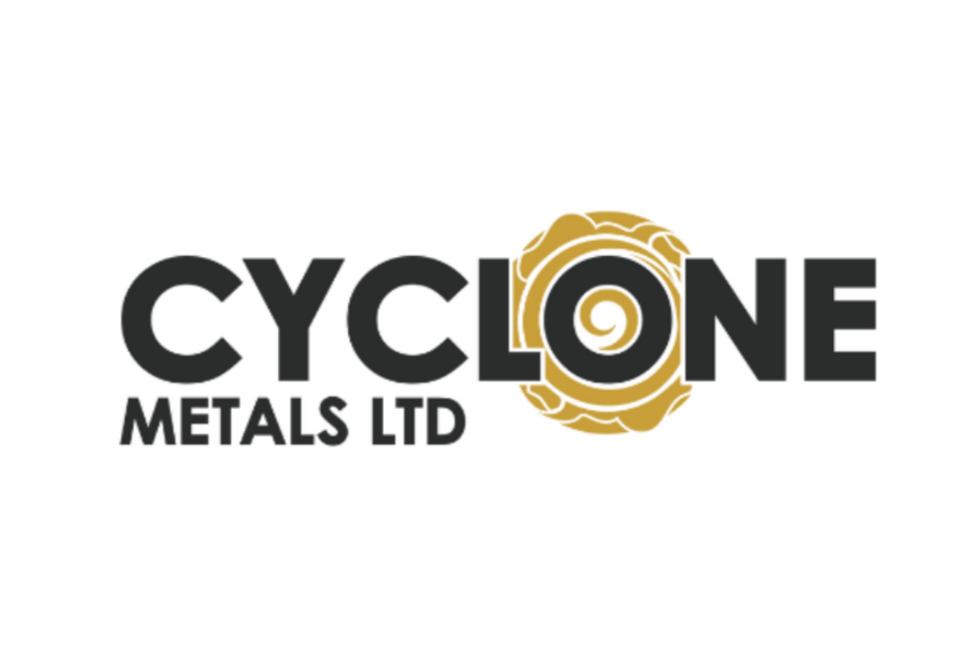Rio Tinto is the second largest iron producer in the world. Last year the company’s net earnings for it iron division totaled over $10 billion. In this article we look at the company’s iron operations, exploration, and analyst predictions.
By Michael Montgomery—Exclusive to Iron Investing News
Rio Tinto (LSE:RIO)(NYSE:RIO)(ASX:RIO), one of the world’s largest mining firms commands a dominant role in the mining industry. In 2010, Rio Tinto recorded underlying earnings of over $14 billion dollars due to increased prices for the diversified group of metals that the company produces. Rio Tinto’s iron ore division is concentrated around the Pilbara Region in North West Australia. In this article we will look at Rio’s iron ore production and exploration activities and how they affect the iron market.Rio Tinto’s Current Iron Ore Operations
Rio Tinto mines iron ore mainly from its Pilbara operations in Australia, but also in Newfoundland and Labrador, Canada. The Australian operations include 13 mining sites, a vast rail network, three shipping terminals, and two ports that ship the majority of their iron ore to steelmakers in Europe and Asia.
In 2010, global iron ore production totaled 239 million tonnes; Rio produced 184.6 million tonnes of iron ore, according to the company. Due to rebounding prices, iron made up a vast majority of Rio’s net earnings, totaling over $10 billion. This was an incredible increase over 2009, when iron ore net earnings totaled $4.126 billion.
While steel demand is cooling off in China, growth is still expected to be strong this year. Despite the weakening spot prices for iron due to fears of a Chinese slowdown, Rio still see’s strong demand for its ore.
Sam Walsh, Chief Executive of Rio’s iron division recently stated, “We’re continuing to ship flat out. We’ve got healthy queues at both of our shipping areas — we’re steady as she goes.” Other industry leaders such as Vale S.A. (NYSE:VALE) have echoed this sentiment.
The company is expected to lower their prices by 3 percent in Q3 to reflect lower spot prices. “The price puts Rio’s 62-percent Pilbara Blend fines at $168.85 per tonne, compared with $171.35 in the second quarter, in line with initial industry estimates,” reported Ruby Lian, for Reuters. After prices gained 40 percent in 2010, this year prices have risen only 1 percent. Rio, Vale and BHP Billiton (NYSE:BHP) dumped the 40 year old annual pricing scheme in favor of a quarterly pricing system more reflective of changes in spot pricing.
Exploration and Expansion Programs
In June, Rio Tinto approved spending $676 million to expand its operations in Australia. The accelerated expansion of the Pilbara operations, at a total cost of $14.8 billion, will increase Rio’s annual iron capacity to 333 million metric tonnes by the first half of 2015.
The company has two projects under development at this time, one in Africa, the other in India. The ‘Simandou’ project in Guinea, according to the company’s pre-feasibility study has an initial targeted capacity of 70 million tonnes per year, with future capacity of upwards of 170 million tonnes.
The company entered a joint venture with Indian state owned Orissa Mining Corp. to develop iron ore properties in Orissa, India. This is a mining jurisdiction that the company calls, “one of the key underdeveloped iron ore regions in the world.”
The company has also entered into a joint venture with Chinalco, China’s state owned mining company. Under the name ‘Chinalco Rio Tinto Exploration’ (CTRX), in which Rio will hold a 49 percent share in the venture. “The immediate priority for CRTX will be copper exploration, with coal and potash among other commodities potentially considered at a later date,” according to the press release.
The company is also developing automated and remotely controlled mining operations in what it calls “The Mine of the Future.” Rio Tinto see’s the future of the industry being carried out by remotely operated machines to improve environmental and safety standards. The company already has driverless trucks, however, the widespread application is more than likely far off.
Analyst and industry opinion of Rio Tinto
Overall, the analysts see a promising future for the company. However, the company does have its detractors. For instance, it may be important to note that in 2009, four employees were arrested in China for bribery. The allegations were that the Rio Tinto employees had industry data too detailed to be obtained legally.
Currently, the company is coming under fire for not returning enough cash to shareholders despite large disbursals announced in recent months. “The excess prices they are getting are clearly surplus to their requirements… They don’t need all that additional money and the windfall that they’re getting from today’s markets should be shared with investors,” stated Evy Hambro, manager of BlackRock’s natural resource funds. After recording record profits, there may be some weight to this argument.
Due to the issue of rights in 2009, and dependence on iron ore, Rio Tinto lost roughly three price/earnings points, calculated analysts at JPMorgan. However, the brokerage maintains that the company is a top pick. “JP Morgan believes the company has secured ‘a very interesting portfolio’ of emerging market assets in what it expects to form some of the most important mineral supply basins. These include exposure to Mozambique coking coal, Mongolian copper and Guinean iron ore,” stated the article on Proactive Investors. JPMorgan has targeted a share price of 6,300 in London.
Rio Tinto is an industry leader, with far reaching operations that are moving towards greater diversification in the metals they mine. Overexposure to iron could be troubling if China’s growth hit a wall as some are predicting. Prospective investors in the iron market ought to pay attention to the moves made by Rio Tinto.

